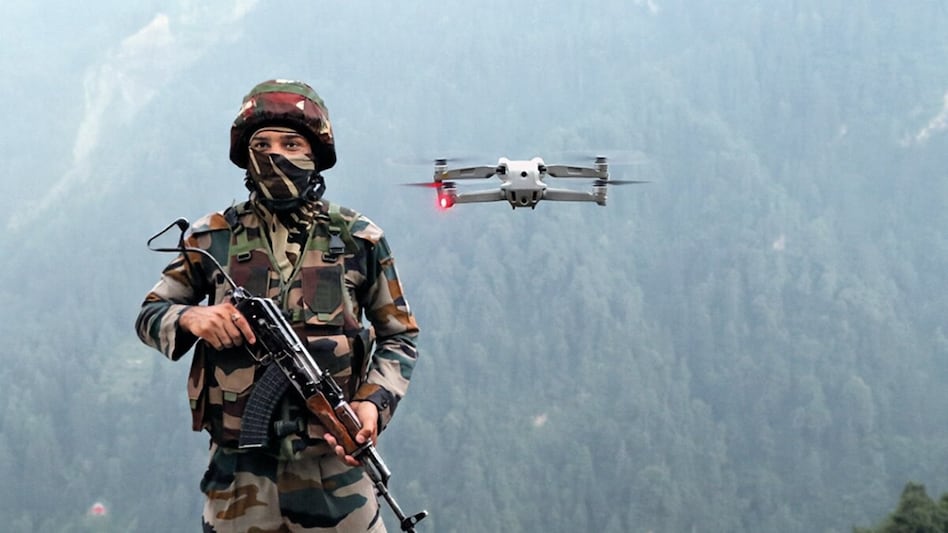 Indrabalan said Op Sindoor exposed critical gaps in India's drone technology stack
Indrabalan said Op Sindoor exposed critical gaps in India's drone technology stack
 Indrabalan said Op Sindoor exposed critical gaps in India's drone technology stack
Indrabalan said Op Sindoor exposed critical gaps in India's drone technology stackIndia has demonstrated drone warfare capabilities during Operation Sindoor, but the underlying technology still heavily relies on foreign systems, according to M Indrabalan, former Major General and Military Tech Advisor at Chennai-based drone startup Amber Wings. He also said that the majority of drones deployed during the operation were assembled and not fully indigenised, with critical electronic components sourced from abroad.
"Majority of the drones that we have deployed recently were assembled drones. They were manufactured, but I'm sure there are companies catching up. In terms of the deep technology, we are still dependent on electronic systems which are not entirely indigenised," Indrabalan said while speaking at CNN-News18 Defence Townhall.
Operation Sindoor marked India's first experience with drone warfare, during which the Indian Air Force targeted Pakistani airbases in Noor Khan and Rahimyar Khan in response to the terror attack in Pahalgam. The mission involved loitering munitions - also known as kamikaze drones - capable of hovering over target areas before striking enemy radar and missile sites with high precision.
Indrabalan said the operation exposed critical gaps in India's drone technology stack. "The drone has its aerodynamics, its airframe, its propellers - but the main point of the drone is its brain: the autopilot or control system, the navigation system, the telemetry. Now these are the things - we have realised during Op Sindoor - need extreme focus. In terms of our ability to match world-level technologies, or even what China uses, we are way, way behind. A lot of catching up to do."
He warned that reliance on foreign navigation and transmission systems makes Indian drones vulnerable to spoofing, jamming, and cyber attacks. "While a drone can have a navigation system - RTK-based or GPS - if that system is not supported by our own infrastructure, the drone can get spoofed. If you depend on GPS, that's the American system - owned by the American Air Force - you know how vulnerable you are. If you're going to depend on Chinese BeiDou, you know how vulnerable you are."
BeiDou is China's satellite navigation system, officially known as the BeiDou Navigation Satellite System (BDS). It is similar to the US GPS, Russia's GLONASS, and the EU's Galileo systems. India, too, has developed its own satellite navigation network, known as NavIC (Navigation with Indian Constellation).
On India's indigenous navigation system, he noted: "Whether NavIC is yet ready for our drones — well, I'm sure the DRDO has used NavIC to a great extent for initial navigation. But is it available to our drones yet? Well, to some extent it is."
Indrabalan stressed the need to indigenise drone telemetry and transmission systems, which are currently imported. "Drone has a transmission mechanism - a transmission module. An RF (Radio Frequency) transmission module. It can be CDMA or mobile transmission model; it can also be a satellite transmission module. These basic modules are not made in India. They have to be imported. And the cheapest today available is of Chinese origin. Whatever data you capture or transmit - a bug can relay it elsewhere."
The army veteran urged focus on building a domestic drone stack: "This critical part of the transmission module has to get indigenised - there is no doubt about it."